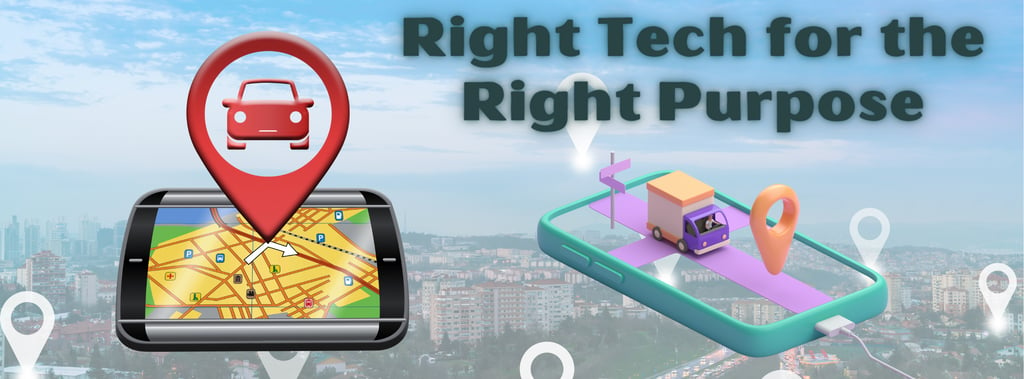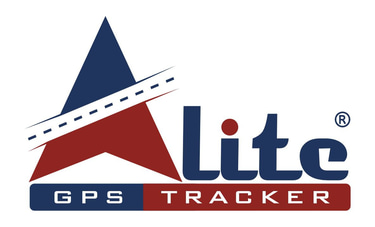Revolutionize Your Tracking Experience – Real Time, Reliable & Effortless tracking solutions
+91 - 7665666631 (Toll Free)
Asset Tracking vs Vehicle Tracking: Know the Difference
Confused between asset tracking and vehicle tracking solutions? While both use GPS technology, they serve distinct purposes. This blog dives deep into the differences, use cases, features, and benefits of asset tracking and vehicle tracking to help you choose the right solution for your business needs.
Chandra Singh
4/7/20253 min read


Introduction
In today’s fast-paced logistics, transportation, and operations environment, visibility is everything. Businesses depend on accurate, real-time data to monitor vehicles, machinery, inventory, and other critical assets. However, not all tracking solutions are created equal. While vehicle tracking and asset tracking often use similar technology (like GPS), their applications and objectives differ significantly.
Understanding the distinction between these two can help organizations make smarter investments, improve productivity, reduce losses, and streamline operations.
What is Vehicle Tracking?
Vehicle tracking refers to using GPS technology to monitor the location, status, and performance of vehicles like cars, trucks, buses, etc.
Key Features of Vehicle Tracking Systems:
Real-time location tracking
Route history playback
Driver behavior monitoring (harsh braking, over-speeding)
Fuel usage tracking
Ignition status
Geofencing and alerts
Maintenance reminders
Engine diagnostics (via OBD)
SOS alerts and MIC integration
Dashcam compatibility
Who Uses Vehicle Tracking?
Transport and logistics companies
Taxi and cab aggregators
School bus operators
Delivery and e-commerce businesses
Personal car owners and families
Primary Objective:
To enhance operational efficiency, ensure safety, reduce costs, and maintain control over fleet vehicles.
What is Asset Tracking?
Asset tracking involves monitoring non-vehicular assets using GPS, RFID, or IoT technologies. These assets can include containers, machinery, tools, pallets, medical equipment, and more.
Key Features of Asset Tracking Systems:
GPS-based location tracking (often in intervals, not real-time)
Tamper detection
Movement alerts
Environmental monitoring (temperature, humidity)
Battery-powered devices (long life)
Theft prevention and recovery
Barcode/QR code scanning
Maintenance logs and alerts
Who Uses Asset Tracking?
Warehousing and logistics companies
Construction and mining firms
Healthcare facilities
Manufacturing plants
Equipment rental companies
Primary Objective:
To protect, manage, and maintain physical assets and prevent loss, theft, or misuse.
Major Differences: Asset Tracking vs Vehicle Tracking
While both technologies help with monitoring and management, they serve different purposes. Here's how they differ:
1. Tracked Items
Vehicle Tracking: Primarily tracks cars, trucks, buses, and two-wheelers.
Asset Tracking: Focuses on containers, equipment, portable machinery, pallets, and static assets.
2. Power Source
Vehicle Tracking: Wired into the vehicle’s battery or OBD port for continuous power.
Asset Tracking: Battery-powered with extended life; ideal for static or mobile items without constant power.
3. Tracking Frequency
Vehicle Tracking: Offers real-time updates and high-frequency reporting.
Asset Tracking: Periodic updates (e.g., every few minutes or hours) to preserve battery.
4. Use Case
Vehicle Tracking: Fleet route planning, driver monitoring, fuel control, and delivery optimization.
Asset Tracking: Theft protection, movement history, inventory visibility, and compliance.
5. Mobility Type
Vehicle Tracking: Suited for assets that are always on the move.
Asset Tracking: Designed for both static and occasionally mobile assets.
6. Alerts & Monitoring
Vehicle Tracking: Provides alerts for ignition, speeding, harsh driving, fuel drain, and route deviations.
Asset Tracking: Focuses on tamper alerts, unauthorized movement, environmental conditions, and battery status.
7. Data Granularity
Vehicle Tracking: Detailed trip analysis, engine health, and driver scoring.
Asset Tracking: Simplified movement logs, with optional temperature or impact data.
Choosing the Right Solution
Your choice depends on what you need to monitor:
If you need to track vehicles in motion, optimize delivery routes, monitor driving behavior, or reduce fuel consumption, go with Vehicle Tracking.
If you need to track high-value goods, portable tools, or immobile equipment across warehouses or job sites, then Asset Tracking is the right choice.
Sometimes, businesses need both solutions, especially those with mixed assets (fleet + equipment).
When to Use Both Together?
Let’s say you operate a logistics fleet that transports expensive construction equipment. You would:
Use Vehicle Tracking for the truck.
Use Asset Tracking for the machinery being transported.
This dual-layered tracking ensures security, accountability, and full visibility.
Conclusion: Matching Technology with Your Needs
GPS technology offers multiple applications, but success depends on aligning the right tech with your operational goals. Understanding the core differences between asset tracking and vehicle tracking empowers you to invest in the right solution for your business.
Choose Alite GPS solutions to stay ahead with real-time monitoring, intelligent alerts, reliable support, and custom tracking systems tailored to your needs.
📲 Toll-Free: 7665666631
📧 Email: sales@alitegps.com
📏 Website: www.alitegps.com
Stay in control—of your vehicles, your assets, your business.
Empowering Your Journey with Smart Tracking!
Fleet or Personal, We Track It All – Get in Touch
support@alitegps.com
Srag India Info Solutions © 2025. All rights reserved.
Info@alitegps.com
